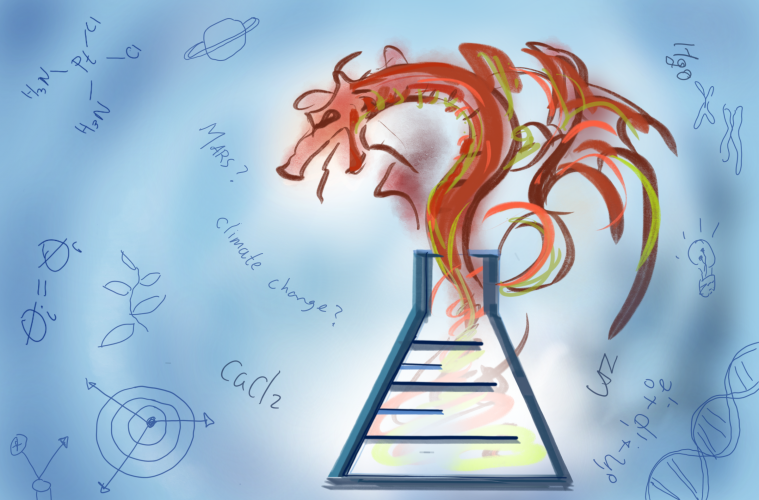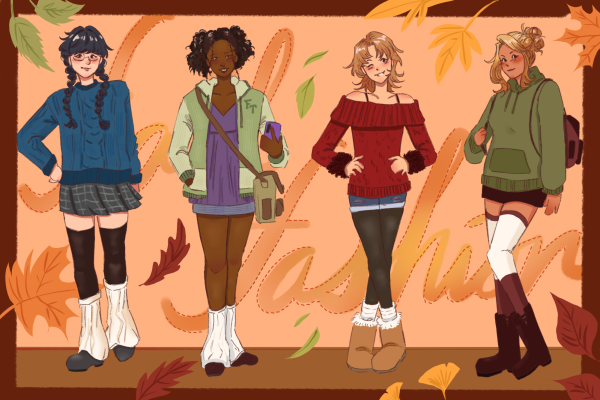The Science Hub: first image of a black hole, the cost of climate change, deadly fungus rises
The Science Hub is a bi-monthly newsletter to update you on the most important science headlines.
April 10, 2019
First ever image of a black hole
We have seen the unseeable: A black hole—a monster.
It bends all light to its epicenter attempting to travel through the fabric of space and time—until it reaches the event horizon, which is the point of no return from the abyss. These black holes have been depicted in movies like “Interstellar” without a disk of swirling matter, like those in Virgo constellation.
However, on April 10, 2019 the National Science Foundation (NSF) released the first-ever image of a black hole in Messier 87.
The image has both awed and perplexed scientists working on the Event Horizon Telescope. The scientists’ predictions along with astrophysicist Albert Einstein’s predictions were proven with the release of the images. When Einstein calculated black holes form using general relativity, he did not want to accept his findings. Yet, the picture has proven that the packing of the matter in one area was a correct hypothesis by NSF scientists and Einstein.
Those working on this project will move forward with their findings by studying the brightness of the disk around the black hole and why it is more lopsided on one are than another.
View the image here.
-Jonathan Soriano
The cost of climate change
A new study by the Environmental Protection Agency (EPA) has predicted that without action taken against climate change, the United States will be spending hundreds of billions of dollars per year on climate change. Those dollars will be used to combat water shortages, damaged infrastructure and health problems stemming from an increased amount of pollution in the air. Additionally, 155 billion dollars will be lost in labor productivity due to the increase in temperature and 141 billion from deaths due to heat waves or cold snaps in 2090.
On the other hand, if actions are taken against climate change, the study found that the costs could be mitigated by about half. Keeping the average temperature of the Earth from a two degree Celsius increase would prevent tens of billions of dollars from being lost due to labor unproductivity.
-Thomas Weldele
A rising deadly fungus
Candida auris (C. auris) is an emerging fungal disease that is rapidly spreading in metropolitan areas both nationally and globally. As of now, there have been 587 confirmed cases of C. auris in the United States, with a large number of them in New York City and Chicago.
C. auris poses a unique threat in which it’s highly resistant to multiple types of antifungal drugs, which limits its potential treatment. C. auris is also often mistaken as another yeast infection, leaving it untreated.
This fungal infection poses the greatest threat to those who have diabetes, invasive tubes, recent surgery and weak or compromised immune systems. C. auris is also prevalent in hospitals and nursing homes.
Unlike most of the diseases that are commonly known, C. auris was only discovered in 2009. For this reason, there’s still a lot about its physiology that scientists aren’t sure of.
-Rachel Chang















